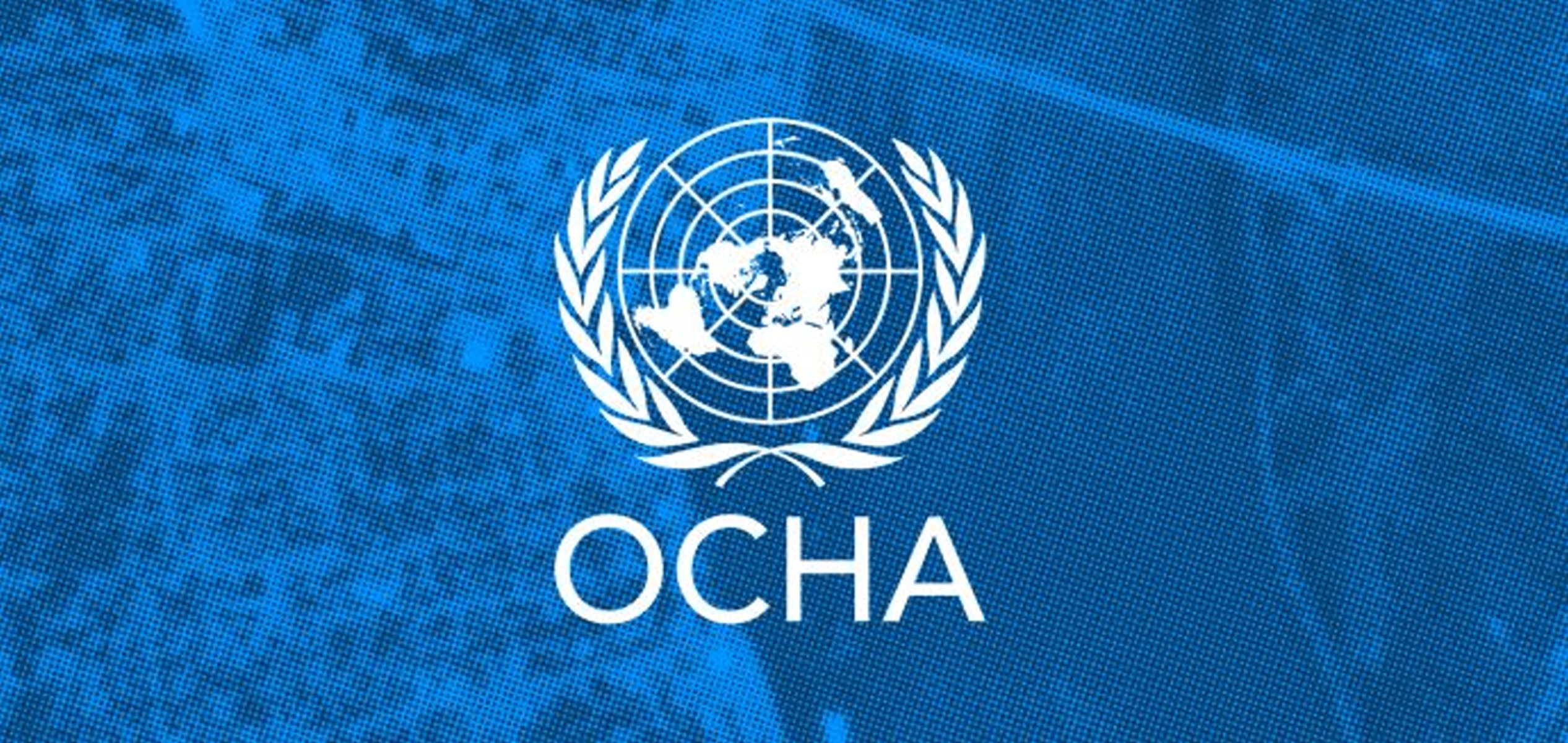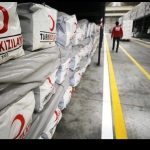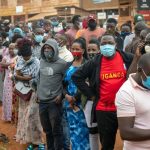This report is produced by OCHA Somalia in collaboration with humanitarian partners. It provides information on the worsening drought situation in Somalia for the period 20 December 2021 to 20 January 2022.
HIGHLIGHTS
- The 2021 deyr (October to December) rainfall season failed, aggravating severe drought in parts of Somalia. The drought is projected to intensify as Somalia faces the risk of a fourth consecutive failed rainy season in early 2022.
- The worsening drought has affected over 3.2 million people in 66 out of the 74 districts, of whom 245,000 are internally displaced. Families are flocking into towns and others crossing into Ethiopia in search of humanitarian assistance.
- Resource-based conflicts have been reported; at least 15 people have reportedly been killed and several others injured in armed clashes over ownership of grazing land in Laas Caanood District, Sool Region.
- Disease outbreaks, mainly due to lack of access to clean and sufficient water and hygiene services, are reportedly on the rise, as the drought worsens, and more people are displaced into congested settlements.
- Somali communities, local authorities and humanitarian partners are scaling-up responses and intensifying resource mobilization efforts to address the impact of the drought
SITUATION OVERVIEW:
Drought has intensified in Somalia following the failure of the deyr (October to December 2021) rainfall season. According to a monitoring report published by the Famine Early Warning Systems Network (FEWSNET) and partners on 5 January, the season was marked by a long delay in rainfall onset, erratic distribution and significant deficits. This adversely affected crop and livestock production and, in turn, led to a steep decline in household purchasing power and access to food.
In addition, the below-average deyr rains over Somalia and in the upper river catchments in the Ethiopian highlands have, since December, lowered water levels along the Juba and Shabelle rivers, reducing water availability. Recordings by Somali Water and Land Information Management (SWALIM) on 17 January recorded below normal river levels in Belet Weyne as 1.55 metres, 1.37 metres in Bulo Burto in the Hiraan region and 1.30 metres in Jowhar, Middle Shabelle region. Usually, the river levels in these areas range from 4 to 4.5 metres during this time of the year. According to FEWSNET and partners, the 2021 deyr season is among the worst since 1981 and the poorest cereal harvests since 1995.
The situation is extreme and is deteriorating. Over 3.2 million people are currently affected by the drought in 66 out of the country’s 74 districts. The number of people displaced internally by drought since 2021 has increased to over 245,000, according to the Protection and Return Monitoring Network (PRMN). Cross border movement of Somalis to neighbouring Ethiopia in search of food, water and pasture has been reported. The latest food security projections show that 4.6 million Somalis will face crisis-to emergency-level food insecurity (IPC 3 or worse) from February to May 2022.
The central parts of Somalia remain the worst affected in terms of poor availability of pasture and water. Partners have reported a significant decline in market value of livestock as body conditions have deteriorated due to the drought. Areas with most acute conditions have also reported increased livestock deaths. In addition, the prolonged drought has contributed to increased prices of essential food commodities. In Bakara market in Mogadishu, a sack of wheat flour that used to cost US$18 two months ago, now costs $27. The price of a carton of cooking oil increased from $25 to $33. Further reports indicate that food is scarce in IDPs sites, at a time when more than 65,000 new arrivals have been received in already overstretched settlements in Banadir region since March 2021, according to PRMN.
Significant livestock movement has been reported, as people move from areas of intensifying drought, such as the northcentral areas of Bari, Mudug and Nugaal, to areas that recently received some rainfall. The rate of pasture and water depletion is more rapid than in a typical year, according to FEWSNET. Partners report that more drought-displaced people are arriving in major towns. Humanitarian partners have reported an influx of new arrivals displaced by drought and renewed conflict in Dhuusamarreeb district and other areas that continue to be out-of-reach due to insecurity.
Conflicts over grazing lands and water resources have been reported, including in Afmadow district, as communities are attracted by the regeneration of pasture and availability of water due to recent rains in the district. It is expected that the area will be overgrazed, potentially generating more conflict over resources. Moreover, the rains were unevenly distributed, necessitating continued water trucking to communities affected by the drought.
Disease outbreaks, mainly due to lack of sufficient clean water and hygiene services, are reportedly on the rise, as the drought worsens, and people move into congested settlements. In Jubaland State, close to 100 patients were admitted in Dhobley hospital due to suspected Acute Watery Diarrhoea (AWD) in January. The rate of daily admissions is reportedly higher; at least 20 patients are reportedly admitted daily in Dhobley hospital, according to health partners. This comes amid an influx of people into Dhobley, with about 3,600 displaced families arriving between October 2021 and January 2022. In Lower Shabelle, seven cases of suspected AWD/cholera, most being children under 5, were received in Janale health facility, Marka district, between 10 and 12 January.
Predictions for January to March 2022:
With the next rainy season not expected until April and the likelihood it will also be below-average, the drought situation is likely to worsen as the country faces the risk of a fourth consecutive failed rainy season. FEWSNET projects that severe pasture and water shortages are likely to occur during the upcoming January to March jilaal season, which is typically hot and dry. According to the Normalized Difference Vegetation Index (NDVI) for 21 to 30 December, vegetation conditions are significantly below typical levels, especially in southern, central, and parts of northeastern Somalia, including areas that received light rain in November and December, such as southern Gedo and Juba regions. The light rain implies only marginal relief for production and pasture regeneration, and this is likely to overall negatively impact on livestock body conditions and their prices in the near term, thus reducing a critical food and income source for pastoral communities.
On displacements, based on previous drought induced displacement patterns, people are likely to move from rural to urban areas in search of humanitarian services. According to IOM’s Displacement Tracking Matrix analysis, approximately 900,000 people were displaced between January 2017 and November 2017 due to drought, with Bay, Banadir and Gedo regions receiving the highest numbers of those displaced. This corresponds closely to the areas currently experiencing extreme drought severity including Bari, Sanaag, Sool and Nugaal, Bay and Gedo. The analysis predicts that between 1,036,000 to 1,415,000 people may be displaced by drought in the coming six months.
- Source: UN Office for the Coordination of Humanitarian Affairs (UNOCHA)





